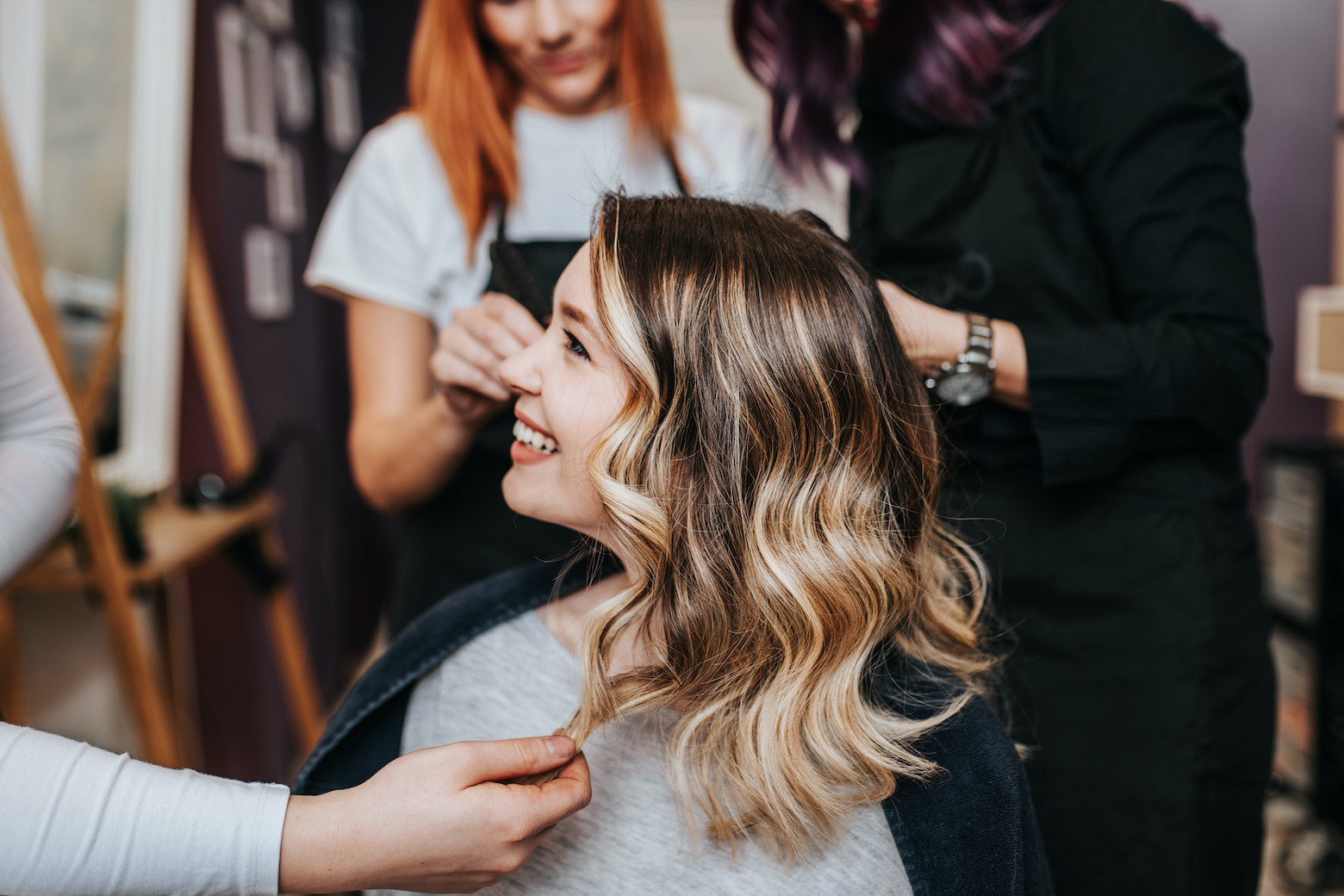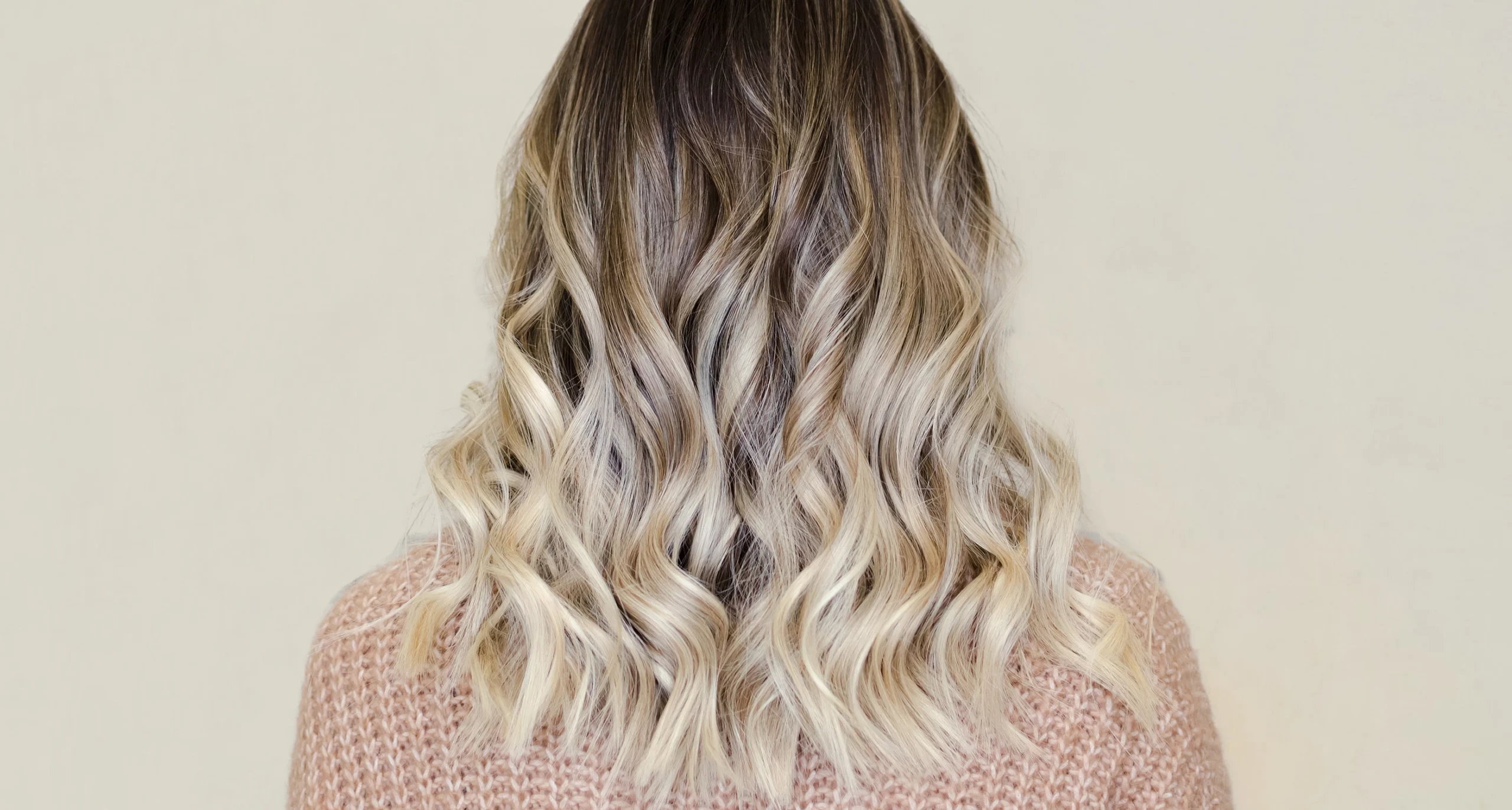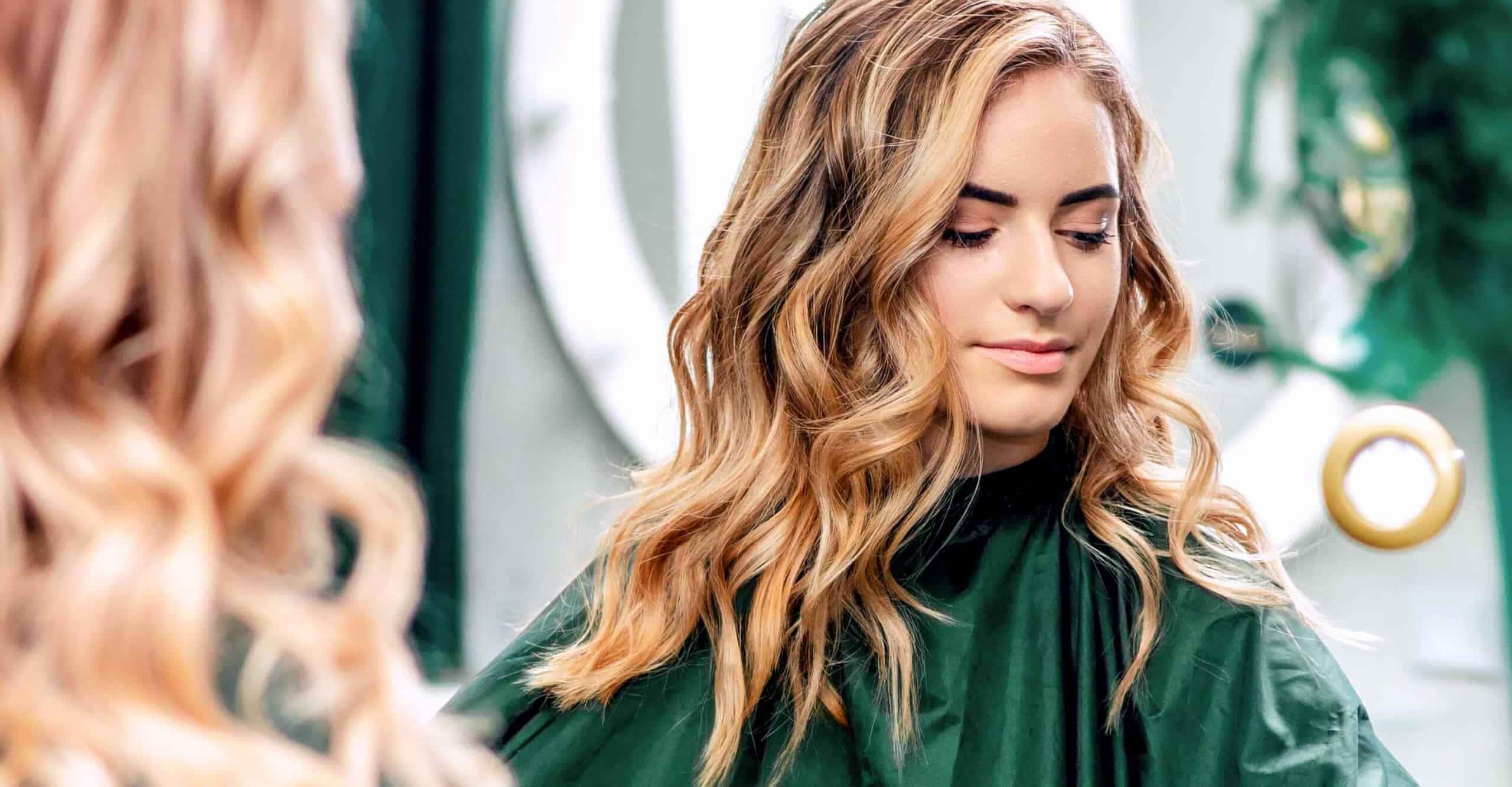Partial Balayage vs. Full Balayage: Which Is Right For You?
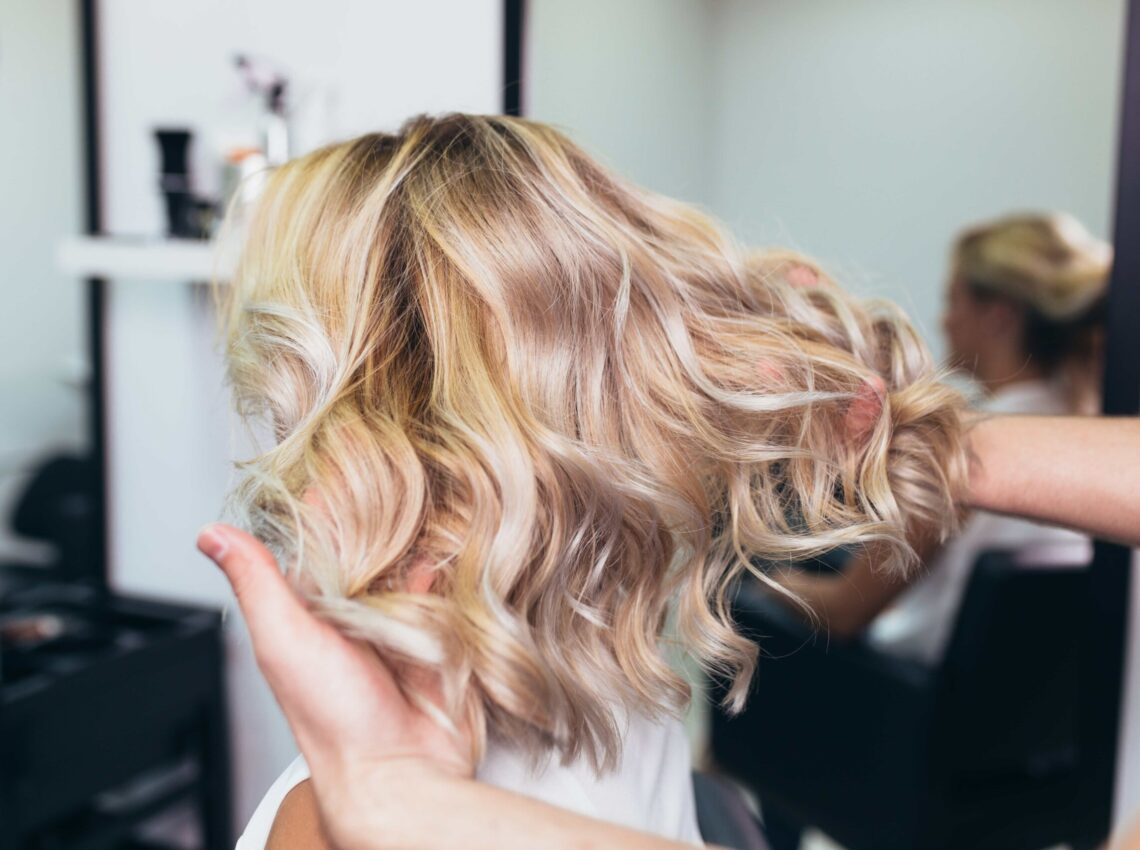
When it comes to hair coloring, there are considerations when comparing a partial balayage vs. a full balayage. Balayage is a technique where your stylist hand-paints on lightener for a subtle, sunkissed look. Balayage provides more dimension than traditional highlights. A full balayage is when highlights are applied throughout the entire head of hair, while a partial balayage has highlights applied to certain sections of hair, such as the top layer or front-facing hair pieces. Both use the same technique.
No matter your face shape, hairstyle, or hair length, anyone can get a full or partial balayage, as long as you don’t have a full head of highlights already (the treatment needs some non-lightened hair to work with). The right treatment for you depends on multiple factors, like your natural hair type, hair color, and the look you want to achieve.
Ready to change up your look? In this post, we go over what it’s like to get a partial balayage vs. a full balayage, so you can find the technique that’s right for you.
What Is a Full Balayage?
A traditional balayage is a hair coloring technique that uses a freehand application of color, resulting in a more natural-looking lightening and more subtle highlights. Traditional highlights lighten your tresses from root to end, resulting in a more dramatic look.
A full balayage involves your colorist hand-painting the highlights in a sweeping motion throughout your entire head of hair, allowing your darker natural base to show through and giving your hair more dimension.
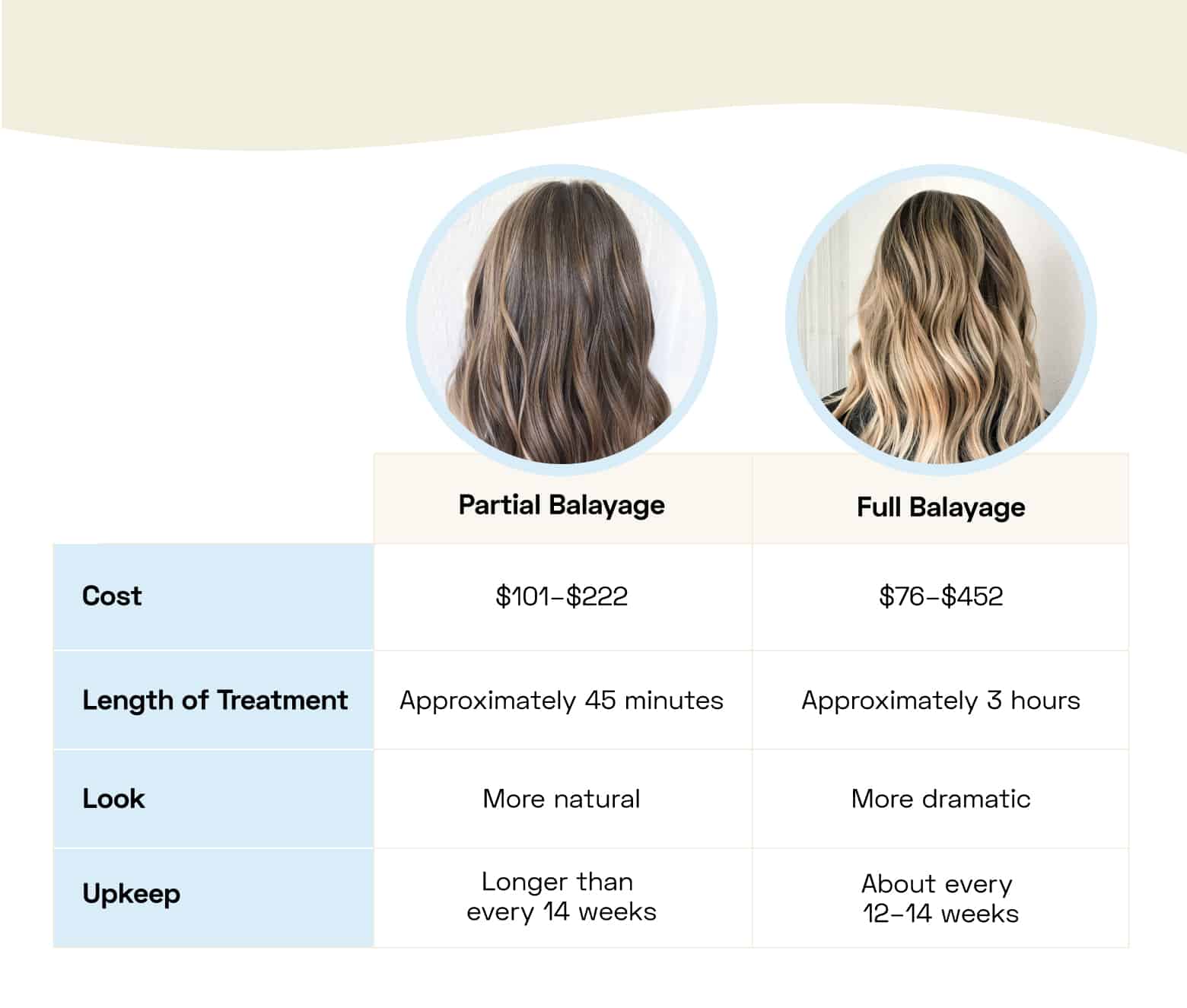
What Is a Partial Balayage?
A partial balayage follows the same process and color technique as a full balayage. But, instead of applying highlights to most of your hair, your colorist only applies highlights to the top layer of hair and/or face-framing sections. This treatment is also known as a mini balayage and is similar to getting partial highlights, except highlights use foils and aren’t as natural looking because they create a line of demarcation.
The Balayage Process
Here’s how a hairstylist will typically balayage hair in the salon.
- Your stylist will talk to you about the color you want to achieve and review inspiration photos.
- They will section your hair and apply hair color. Once the color is applied, you must wait for it to process. Typically, you’ll sit under a dryer while your lightener processes.
- Your stylist will rinse your hair and may apply a conditioning treatment.
- They’ll add toner to achieve the desired color, and then wash and condition your hair.
- Finally, your hair will be cut and styled.
Partial Balayage vs. Full Balayage
Though the balayage technique is the same no matter which treatment you get, there are some key differences between a full and a partial balayage.
Partial Balayage Takes Less Time
Since it doesn’t involve creating highlights throughout all of your hair, a partial balayage takes less time than a full balayage. A typical partial treatment may take 45 minutes, while a full balayage could take up to three hours.
Partial Balayage Is Less Damaging to Your Hair
Since a partial balayage involves highlighting even less of your hair, it causes less damage from bleach than a full balayage.
Full Balayage Looks More Dramatic
A full balayage gives you more highlights and lightening areas throughout both the top and bottom layers of your hair. If you want a more dramatic change to your look, a full balayage might be the better choice. Balayage highlights are already more subtle than traditional highlights, and a partial balayage creates an even more subtle change than a full balayage can.
Full Balayage Requires More Upkeep
Balayage is generally a low-maintenance treatment to keep up. The subtle highlights make things like regrowth lines less obvious as your natural hair grows out.
But balayage hair does require some upkeep to maintain. A full balayage may require touch-ups about every 12 to 14 weeks. Since a partial balayage is more subtle, you might be able to wait more than 14 weeks for a touch-up.
Either treatment is less time-consuming to maintain than traditional highlights, which need touch-ups at the salon every four to six weeks.
Full Balayage Is More Expensive
Since a full balayage involves treating your whole head of hair, it usually costs more than a partial balayage. The typical full balayage cost ranges from $76 to $452, while the cost of a partial balayage ranges from $101 to $222.
- Average cost of a full balayage: $193
- Average cost of a partial balayage: $154
Several factors impact the cost of a balayage, partial or full, including:
- The length of your hair: Long hair costs more to treat than short hair.
- Your natural hair’s characteristics, like your hair color, hair health, texture, and thickness: Balayage works for all hair types, including both dark hair and light hair, but these factors can affect how your hair needs to be treated in order to create the balayage look.
- Your hair history
- The hairstylist’s skill level
- The salon location
Which Is Right for Me?
Both full balayage and partial balayage have their benefits, but which is right for you? It all depends on the look you want and how much you want to put into it.
- Choose a full balayage if:
- You don’t mind more frequent salon visits — every 12 to 14 weeks
- You are willing to spend more money in one salon session
- You want more lightened color throughout your hair
- Choose a partial balayage if:
- You want quicker salon visits
- You’re more concerned about damaging your hair
- You want minimal highlights throughout your hair
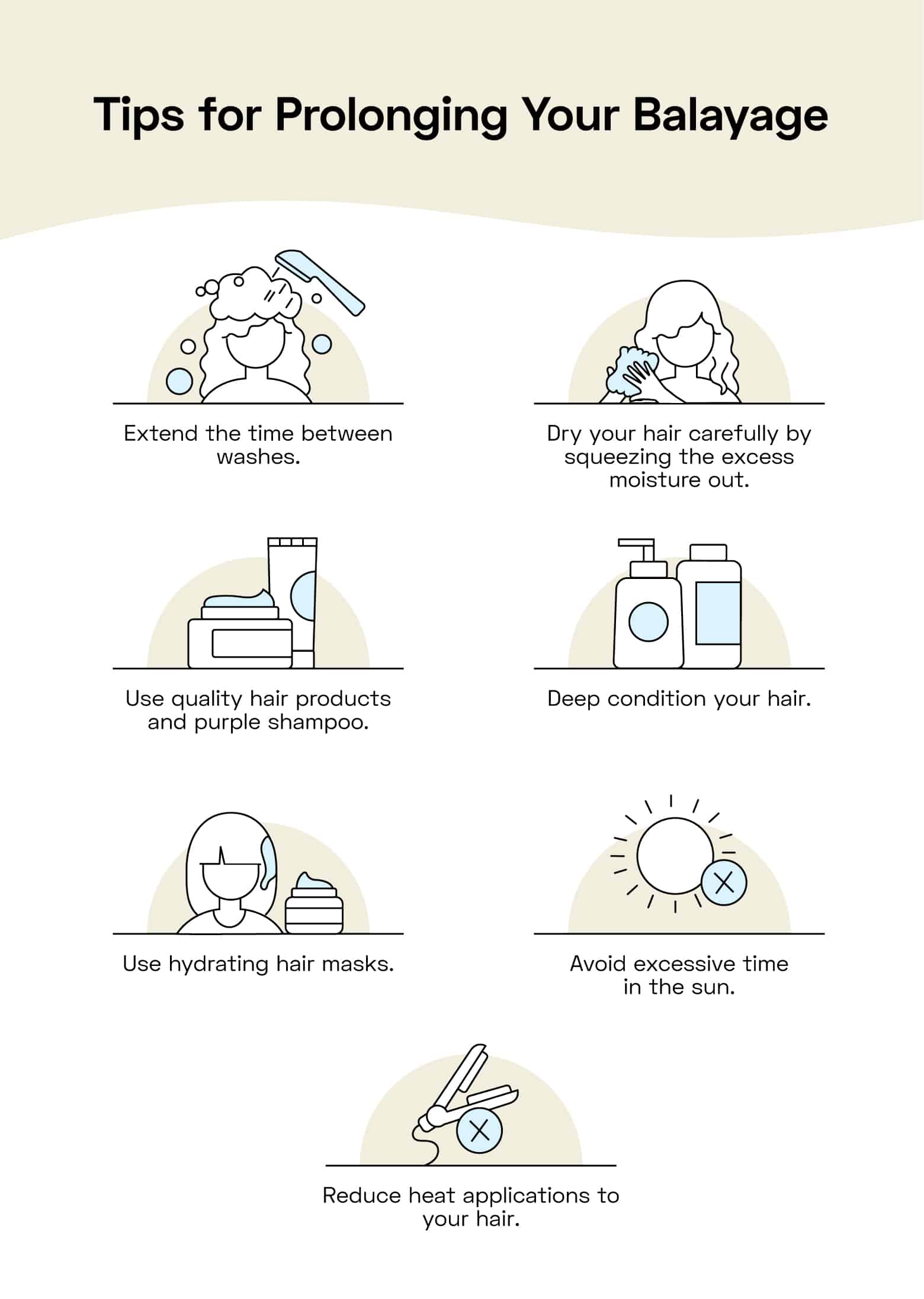
Tips for Prolonging Your Balayage
Balayage doesn’t last forever, but there are ways to make your results last longer. Here are some hair care tips for prolonging your balayage.
- Extend the time between washes. Every time you wash, you strip color from your hair, so washing less often helps preserve your look longer.
- Dry hair carefully. Instead of rubbing your tresses with a rough towel, squeezing the excess moisture out more gently helps prevent your color from fading.
- Use quality hair products and purple shampoo. Products for color-treated hair, like purple shampoo, not only keep your hair healthy but also can act as a toner to reduce yellowing or brassiness.
- Deep condition your hair. The chemicals used in hair coloring tend to dry hair out, so deep conditioning can help restore some of that essential moisture.
- Use hydrating hair masks. Similar to deep conditioning, hydrating hair masks can help repair color-treated hair and keep your tresses moisturized.
- Avoid excessive time in the sun. Too much sun exposure can damage your hair and cause your color to fade, so avoiding the sun when you can might help your balayage look last.
- Reduce heat applications to your hair. Heat damages hair and can fade your color faster, so avoiding heat on your hair, or using heat protectants if you can’t avoid it, is a must.
Whether you’re ready to change things up with a new balayage look or still aren’t sure, StyleSeat’s beauty Pros can help you achieve the look you want. Book an appointment with a beauty professional in your area today.
